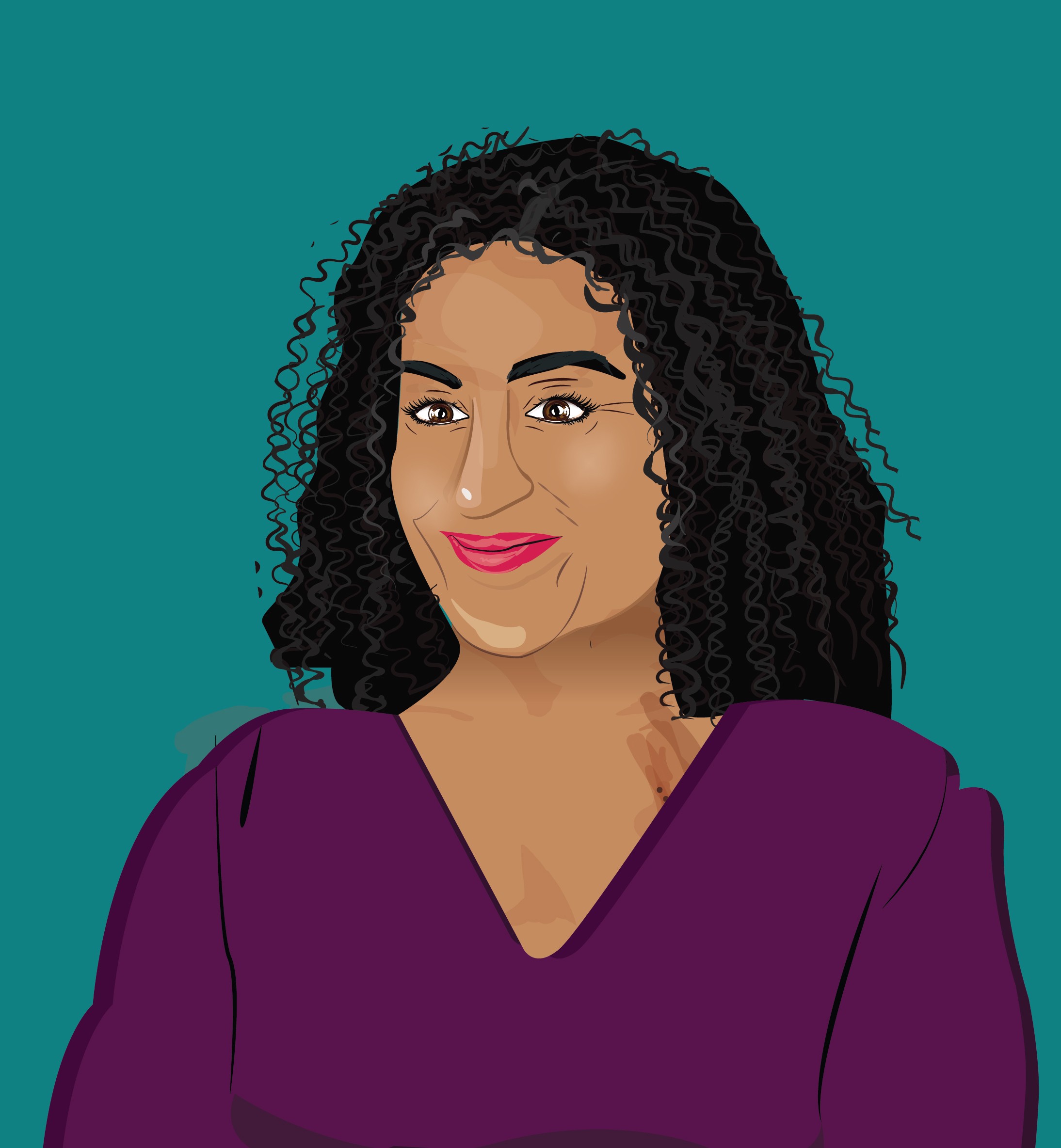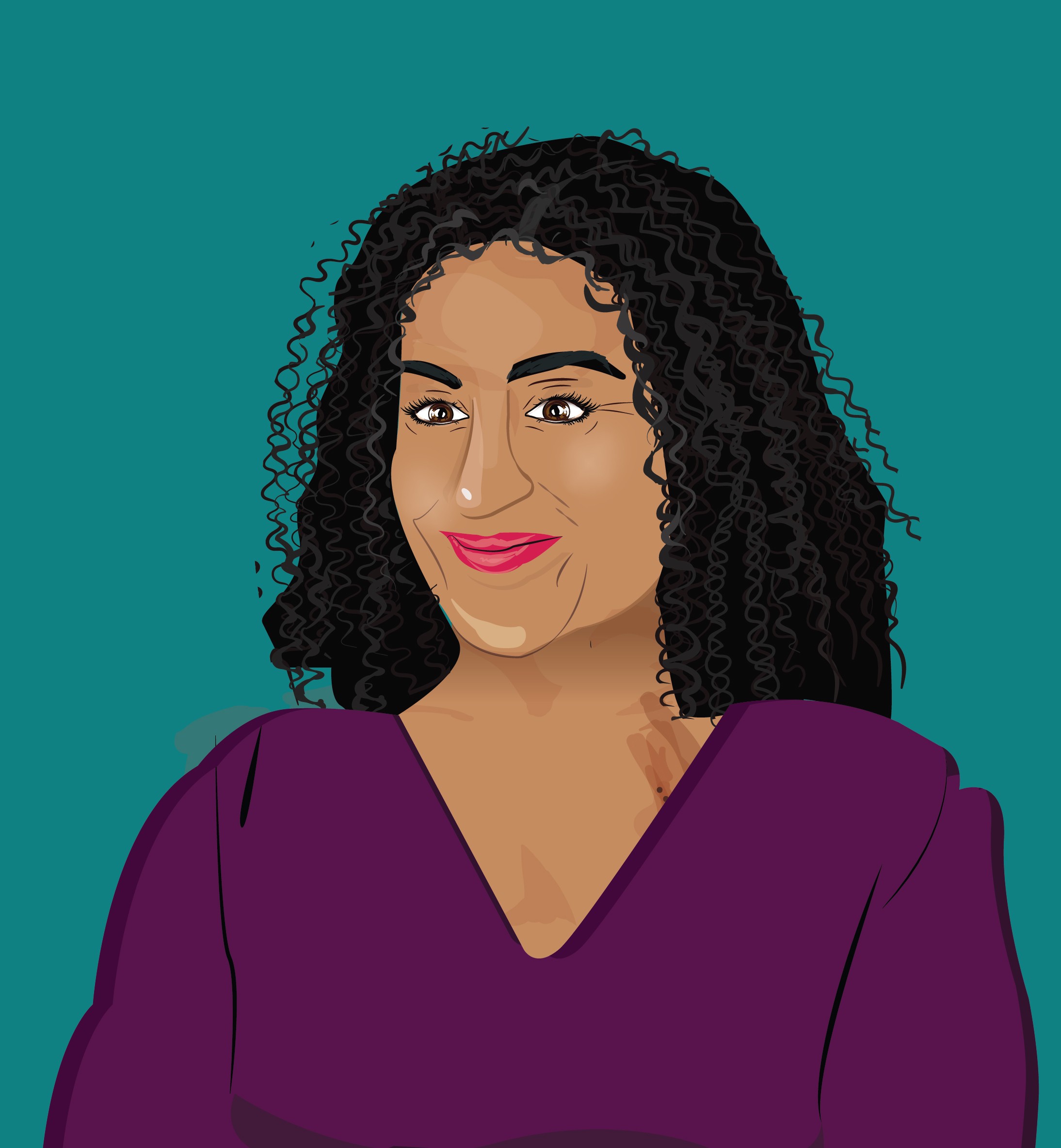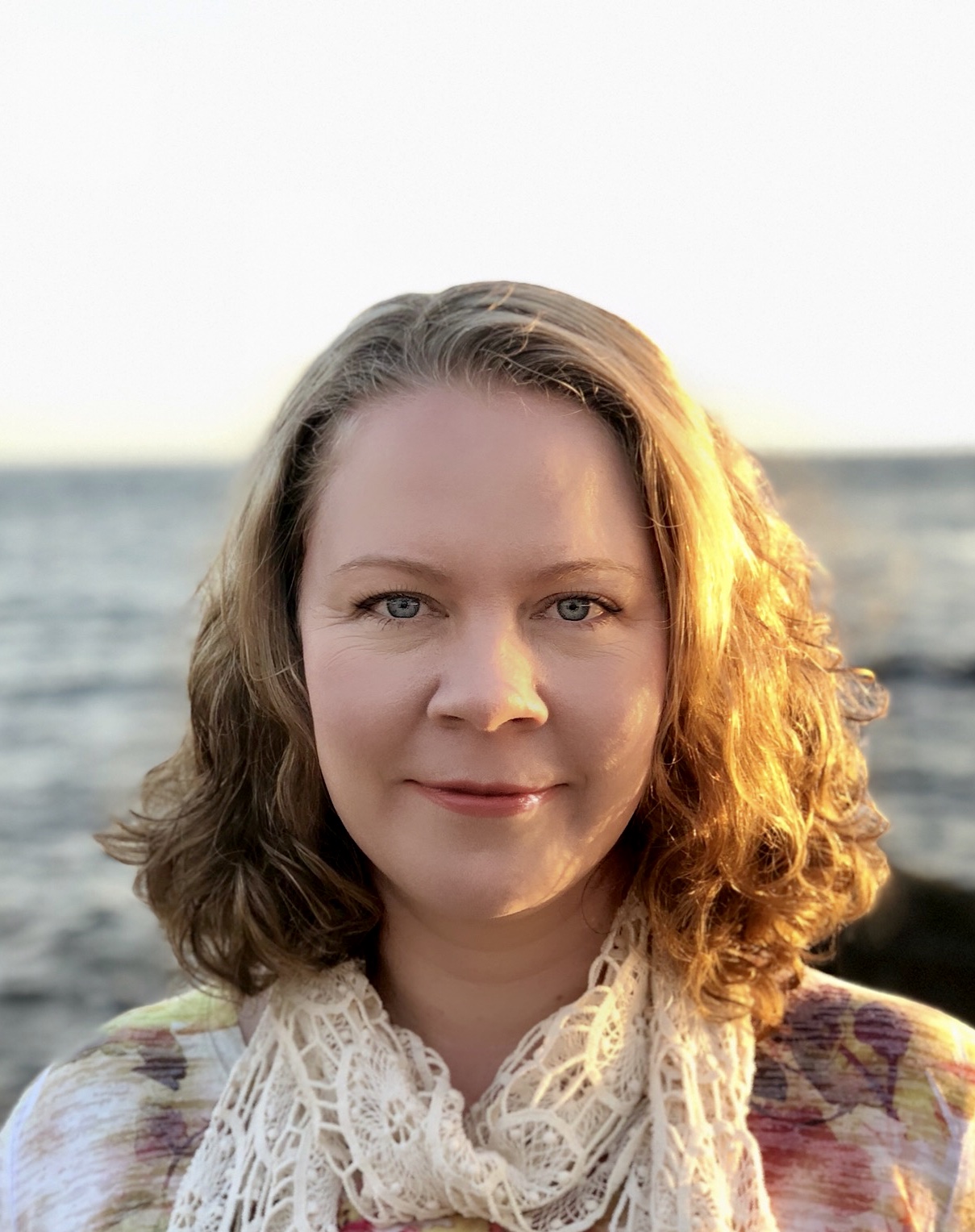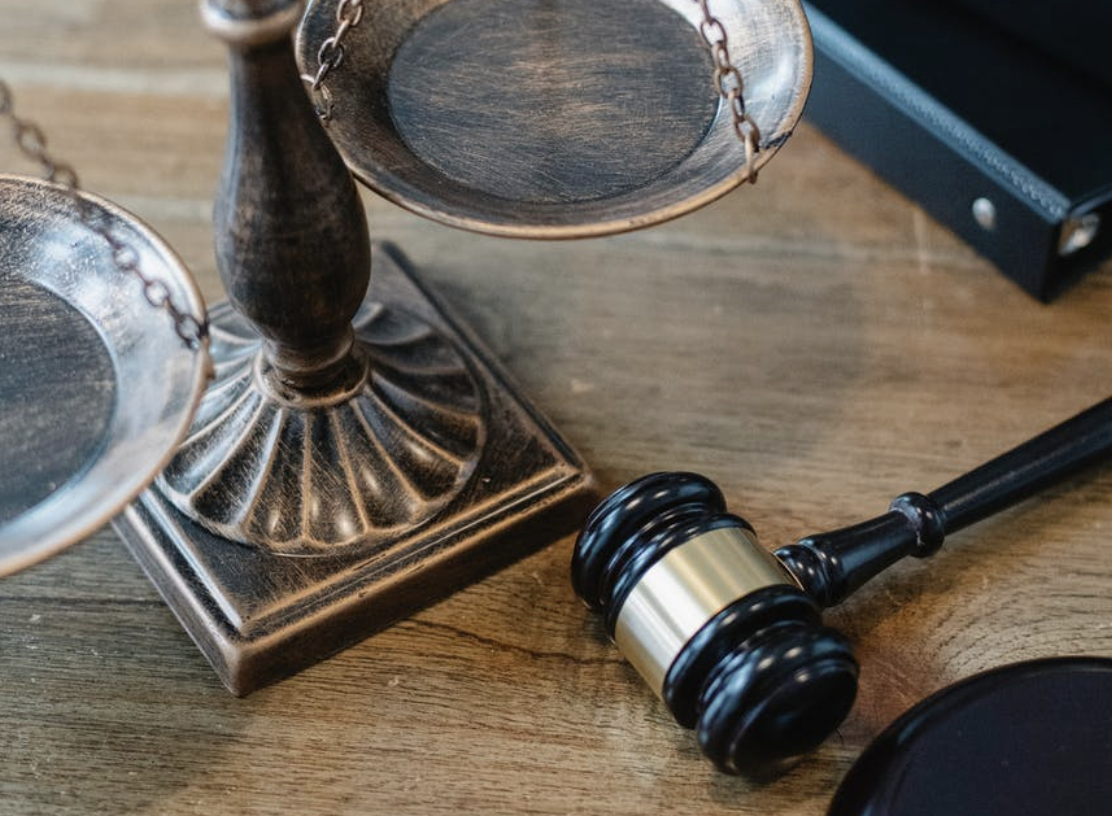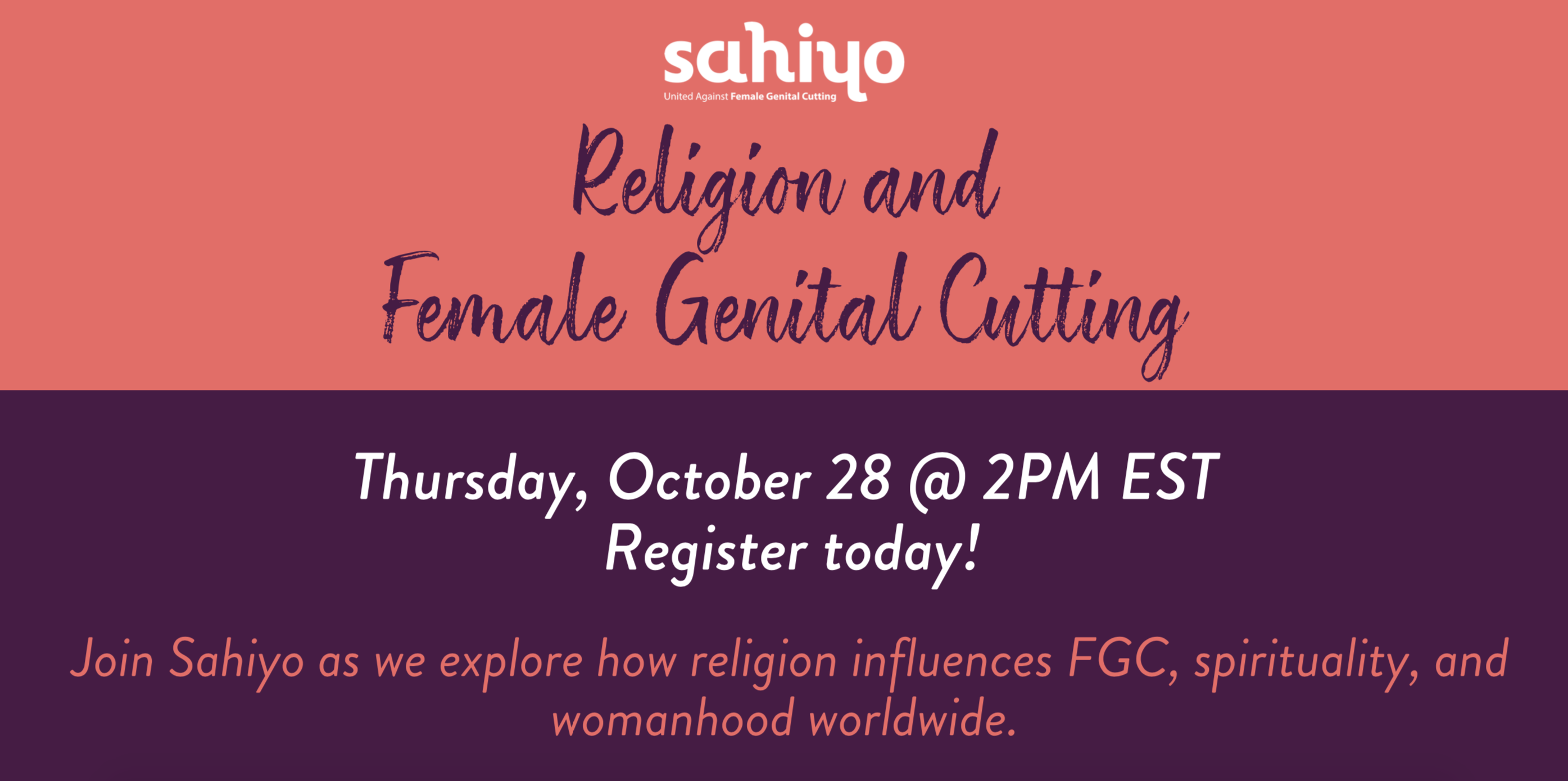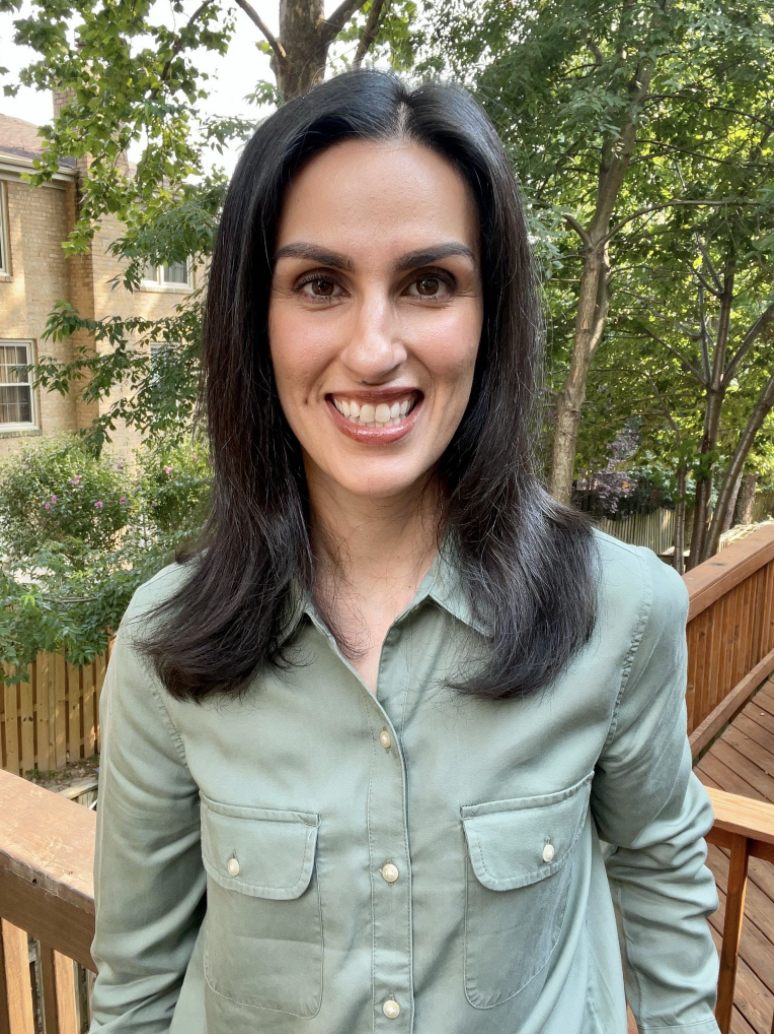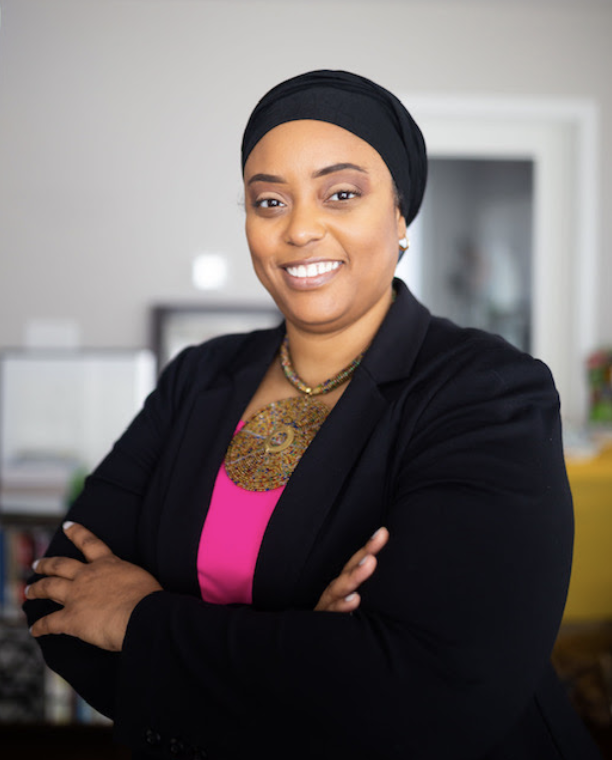પ્રિય માસી એ એક કોલમ છે, જે સેક્સ અને સંબંધ વિષેની એવી બધી બાબતો પર ભાર મૂકે છે, જેને પૂછવામાં તમને ડર લાગતો હોય! આ કોલમ સહિયો અને WeSpeakOut વચ્ચેની એક ભાગીદારી છે. તે આપણા બધા માટે છે, જેમને ફીમેલ જેનિટલ કટિંગ (એફ.જી.સી.) અથવા ખતના અને તેની આપણા શરીર, મન, સેક્સ્યુઆલિટી અને સંબંધો પર કેવી અસર પડે છે તે વિષે પ્રશ્નો હોય. બોહરીઓમાં, માસી એટલે તમારી મમ્મીની બહેન. અમે તમને અહિયાં તમારા પ્રશ્નો મોકલવા માટે આવકારીયે છીએ. જો તમને કોઇ સંકોચ થાય તો, મહેરબાની કરીને ઉપનામનો ઉપયોગ કરી શકો છો (તમારું સાચું નામ વાપર્યા વિના).
પ્રિય માસી,
મારી ઉંમર 40 વર્ષ છે અને મારો તલાક થઇ ગયો છે, પરંતુ હાલમાં હું એક સુંદર વ્યક્તિને મળી જે બોહરા સમાજના નથી અને અમારા સંબંધ ગાઢ બન્યા છે. શું મારે તેને મારા ખતના વિષે વાત કરવી જોઇએ? હું કેવી રીતે વાતની શરૂઆત કરું? અને શું તે જૂના માનસિક આઘાતને તાજો કરવો જરૂરી છે?
- ડિવોર્સી દુરિયાં
પ્રિય ડિવોર્સી દુરિયાં,
નવા સંબંધ માટે અભિનંદન! તમે આ પ્રશ્નનો ઉકેલ લાવવાનો પ્રયત્ન કરી રહ્યાં છો તે એક સારી બાબત છે. હું એ બાબતથી શરૂઆત કરીશે કે અંગત માહિતી શેર કરવી કે નહીં એ હંમેશા તમારી પસંદગી હોય છે અને તેના કેટલાક ફાયદાઓ અને ગેરફાયદાઓ હોય છે જેના પર વિચાર કરવો જોઇએ.
ચાલો ફાયદાઓથી શરૂ કરીએ:
ફાયદા #1: તમારી નબળાઇઓ શેર કરવાથી નિકટતા અને ભરોસામાં વધારો થાય છે. મારું માનવું છે કે ખાસ કરીને માનસિક આઘાતની બાબતમાં આ સાચું છે કારણ કે તેવું અધિકાંશ ગોપનીયતા, શરમ અને એકાંતના સંદર્ભમાં બને છે. કોઇ પ્રિયજન સાથે તે વિષે વાત કરવી એ મદદરૂપ થઇ શકે છે; તે મૌનને તોડે છે અને તમે એકલા હો તેવું ઓછું મેહસુસ થતું નથી. ફાયદા #2: જ્યારે આપણા પ્રિયજનો એ બાબતને સમજે કે એક આઘાત આપણને માનસિક, શારીરિક અથવા સેક્સ્યુઅલી કેવી અસર કરે છે ત્યારે સાજા થવામાં તેઓ આપણા વધુ સારા સાથી સાબિત થઇ શકે છે.
આ રહ્યું એક ઉદાહરણ: ક્યારેક અમુક પ્રકારનો સ્પર્શ મને આધાત પહોંચાડે છે. મારા સાથીને ખતના વિષે જાણ હોવાથી તેણે મને સાથ આપ્યો અને મને મારા આધાતમાંથી બહાર નીકળીને ફરી સ્વસ્થ થવાનો સમય આપ્યો અને મારી મદદ કરી.
કેવી બાબતો તમને તકલીફો આપી શકે છે તેનો વિચાર કરો અને ત્યારબાદ તમને કેવી રીતે સપોર્ટ કરવો તે વિષે તમારા પ્રિયજનને જણાવો.
સાવધાની: સામેની વ્યક્તિ તમારી હિતેચ્છુ કે કેમ તે જાણો.
હવે ગેરફાયદા ની વાત કરીયે:
ગેરફાયદા #1: જો તમારા પ્રિયજન સહાનુભૂતિ પ્રત્યે કુશળ ના હોય અને/અથવા ખતના આઘાતજનક હોય શકે છે તે ના સમજે, તો તેઓ અજાણતાં તમારી લાગણીઓને ઓછી અથવા અમાન્ય કરી શકે છે અથવા તમને જજ કરી શકે છે. જે તમને ફરી આઘાતની લાગણી આપી શકે છે, ખાસ કરીને જો તમે તેના માટે તૈયાર ના હો તો. આ મુશ્કેલી દૂર કરવાની એક રીત એ છે કે તમારી સ્ટોરી શેર કરતા પહેલાં ફક્ત માહિતી શેર કરો. તે માટે મેં આ બ્લોગ પોસ્ટ લખ્યો છે. ઉપયોગી એવા વધારે આર્ટિકલો અને વિડીયો માટે સહિયો બ્લોગ અને WeSpeakOut વેબસાઇટ જુઓ.
ગેરફાયદા #2: આપણને સપોર્ટ કરતા લોકો સાથે પણ આપણા માનસિક આઘાત વિષે વાત કરવી એ આપણને નિર્બળ અને ખૂબ જ લાગણીશીલ બનાવી શકે છે. જો તમને લાગે કે તમારી સાથે આવું બની શકે છે, તો સુનિશ્ચિત કરો કે તમારી પાસે તમને મદદ કરી શકે તેવી કોઇ વ્યક્તિ હોય. ઉદાહરણ તરીકે, કોઇ સારા મિત્ર અથવા સલાહકાર. આ બાબતની ખાતરી કરવાની એક રીત એ છે કે તમે જેં કંઇ કહી શકો તેનું રિહર્સલ કરવું અને સામે કેવી પ્રતિક્રિયા મળે છે તેના પર ધ્યાન આપવું.
વાતચીતની શરૂઆત કેમ કરવી:
ખતના વિષે વાત કરવાની ઘણી રીતો છે. આ રહી એક માર્ગદર્શિકા. તમને લાગુ ના પડતી હોય તેવી બાબતોને છોડી દો અને તેમાં તમારી પોતાની રીતે ફેરફાર કરો.
1. પ્રસ્તાવના:
હું તમારી સાથે કંઇક શેર કરવા માંગુ છું. તે એક અંગત અને સંવેદનશીલ વાત છે.
તમે મારા માટે એક મહત્વપૂર્ણ વ્યક્તિ હોવાને કારણે હું તમારી સાથે આ વાત શેર કરું છું.
હું ઇચ્છું છું કે તમે પહેલા પૂરી વાત સાંભળો અને પછી તમને કોઇ પ્રશ્નો હશે તો હું તેનો જવાબ આપીશ. શું વાત કરવા માટે આ સમય યોગ્ય છે?
2. તેમને આ પ્રથા વિષે થોડી સામાન્ય માહિતી આપો, પરંતુ વધુ માહિતી આપશો નહીં:
મારો સમાજ ખતના નામની જેનિટલ કટિંગની પ્રથાને અનુસરે છે. હું જ્યારે નાનકડી હતી ત્યારે મારી સાથે પણ તેમ કરવામાં આવ્યું હતું. તે એક પ્રતિબંધિત વિષય છે અને તેને આઘાતજનક માનવામાં આવે છે.
3. તેમને તમારા પોતાના આઘાત વિષે જણાવો (આ ભાગ ઘણો મોટો હોય શકે છે, તેથી આ એક ફક્ત ઉદાહરણ છે):
હું ઠીક છું, પરંતુ ક્યારેક તે વિષે વિચારીને હું અસ્વસ્થ થઇ જાવ છું અને દર વખતે કેટલીક સેક્સ્યુઅલ સ્થિતિમાં હું માનસિક તણાવમાં હોવાનું મેહસુસ કરું છું.
4. તમે તેમના તરફથી શું અપેક્ષા રાખો છો તે વિષે તેમને જણાવો (આ ભાગ પણ ખૂબ જ મોટો હોય શકે છે):
હું એવું નથી ઇચ્છતી કે તમે હમણાં કંઇ કહો અથવા કરો.
તે મારા જીવનનો એક અનુભવ હોવાને કારણે હું તમારી સાથે આ વાત શેર કરી રહી છું અને તે કદાચ તમને એ સમજવામાં મદદરૂપ થાય કે શા માટે હું ક્યારેક ખાસ પ્રકારની પ્રતિક્રિયા આપું છું.
5. તેમને થોડી સામગ્રીઓ આપો, જેથી તેઓ તે વિષે થોડું વધારે જાણી શકે: જો તમને કોઇ પ્રશ્નો હોય તો, મને તેનો જવાબ આપવામાં ખુશી થશે. જો તમને ગમે તો, હું તમને કેટલાક આર્ટિકલો વાંચવાનું અને વિડીયો જોવાનું સૂચન પણ કરી શકું.
હું ખરેખર આશા રાખું છે કે તમારો નવો પ્રેમી સારો હશે! જો તમે તેની સાથે વાત કરવાનો નિર્ણય કરો તો, તે કદાચ તમારી સાજા થવાના અનુભવને સારો બનાવી શકે છે.
- માસી
માસી ઉર્ફ ફરઝાના ડૉક્ટર
ફરઝાના એ એક નોવેલિસ્ટ અને પ્રાઇવેટ પ્રક્ટિસમાં સાયકોથેરાપિસ્ટ છે. તેણી WeSpeakOut અને ‘એન્ડ એફ.જી.એમ./સી. કેનેડા નેટવર્ક’ની એક સ્થાપક સભ્ય છે. તેણીને સંબંધો અને સેક્સ્યુઆલિટી વિષે વાત કરવી ગમે છે! તેણી વિષે તમે www.farzanadoctor.com પરથી વધુ માહિતી મેળવી શકો છો.
તેમની નવી નોવેલ સેવનને અહીં ઑર્ડર કરો, જેમાં દાઉદી બોહરા સમાજના સંદર્ભમાં બૈરાઓના સંબંધો, સેક્સ્યુઆલિટી, બેવફાઇ વિષે વાત કરવામાં આવી છે.
ઘોષણા: ફરઝાના સંપૂર્ણ રીતે સારી સલાહ આપતી હોય, તે છતાં આ કોલમ દરેક વ્યક્તિની અંગત ચિંતાઓનું સંબોધન કરશે નહીં અને તેનો વ્યાવસાયિક મેડિકલ અથવા સાયકોલોજિકલ સંભાળની અવેજી રૂપે ઉપયોગ કરવામાં આવવો જોઇએ નહીં.

